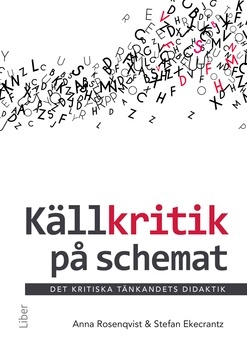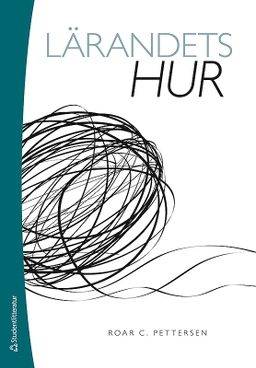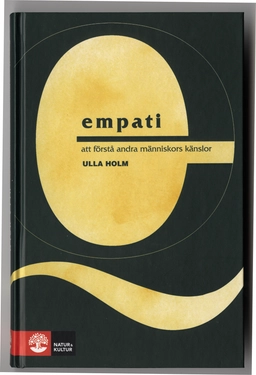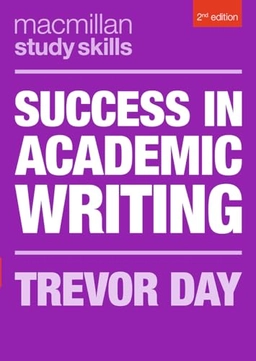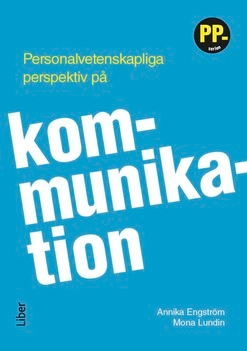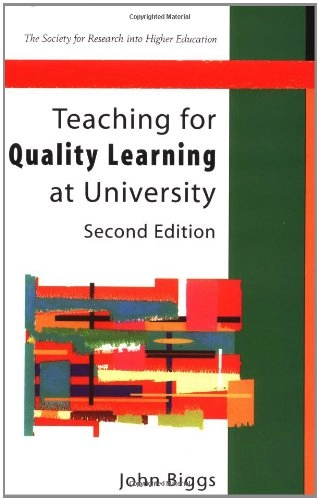

Teaching for quality learning at university : what the student doesUpplaga 2
- Upplaga: 2a upplagan
- Utgiven: 2003
- ISBN: 9780335211685
- Sidor: 272 st
- Förlag: the Society for Research into Higher Education
- Format: Häftad
- Språk: Engelska
Om boken
Åtkomstkoder och digitalt tilläggsmaterial garanteras inte med begagnade böcker
Mer om Teaching for quality learning at university : what the student does (2003)
2003 släpptes boken Teaching for quality learning at university : what the student does skriven av Biggs. Det är den 2a upplagan av kursboken. Den är skriven på engelska och består av 272 sidor. Förlaget bakom boken är the Society for Research into Higher Education.
Köp boken Teaching for quality learning at university : what the student does på Studentapan och spara pengar.
Referera till Teaching for quality learning at university : what the student does (Upplaga 2)
Harvard
Oxford
APA
Vancouver
